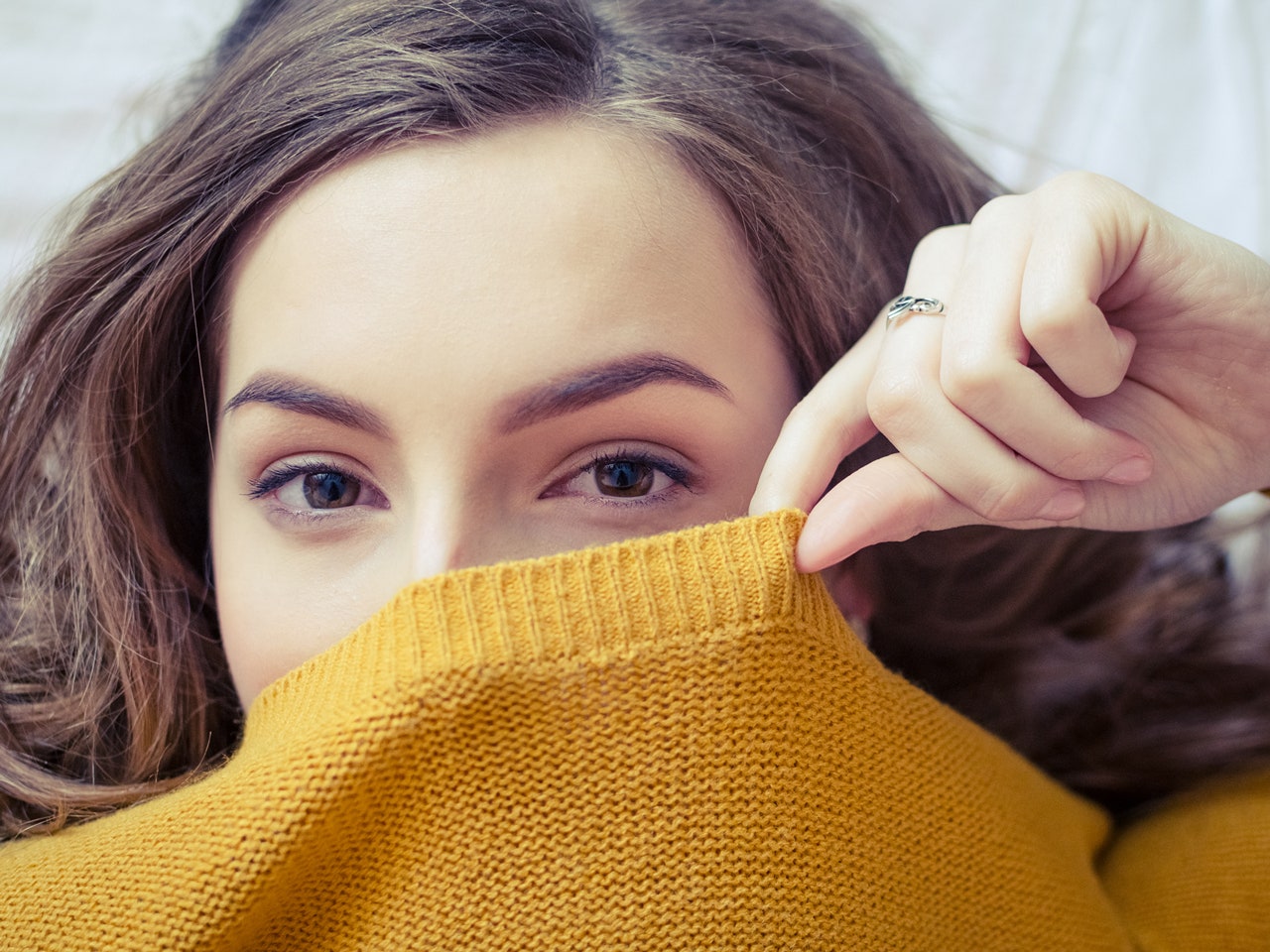
The ins and outs of facial hair removal

Humans are hairy. From top to toe, we have about five million hair follicles each. Some of these, as you well know, are on your face. Often they’re of the ‘peach fuzz’ variety and barely noticeable under normal lighting conditions, but most women have some errant hairs that insist on being darker and coarser than the rest. When they’re eyebrow hairs, we love them. When they grow on our chin or top lip, we usually put them firmly in the ‘ewwwww’ department.
Who has problems with facial hair?
Facial hair challenges are more likely if you are of Mediterranean, Middle Eastern or South Asian ancestry. Another factor is higher-than-average testosterone levels, which could be hereditary or a symptom of polycystic ovary syndrome (PCOS).
If you’re past menopause, an increase in androgens can lead to a steady need to pluck, pluck, pluck. There’s also a condition called congenital adrenal hyperplasia that can cause excessive facial hair. If you’re worried about why you have a facial hair problem, talk to your doctor.
How to remove excess facial hair:
Waxing:
Using depilatory wax to deal with facial hair is a time-proven practice, however it’s important to use the right type of wax. Don’t be tempted to use regular hot body wax on your face; facial skin isn’t nearly as tough as leg skin. Facial waxes are more flexible and sticky than body waxes, and sometimes they’re made with sugar, rather than beeswax. You can buy facial wax strips at the supermarket or make your own sugar wax (scroll down to find recipe).
Threading:
Threading originated in the East. It involves using two strands of cotton thread twisted together to remove hair from the root. It’s hard to do to yourself, however you’ll find plenty of tutorials on You Tube if you want to try. A better approach is to find a local beauty therapist who’s skilled at threading. The service is usually pretty inexpensive and you can get your eyebrows tidied at the same time. Like waxing, it lasts for between two and five weeks.
Tweezing: While it’s challenging to pluck an entire area, using tweezers is probably the best way to deal with the errant coarse hairs that you can feel on your upper lip and chin. Use a magnifying mirror in bright sunshine and a decent pair of tweezers. It’s worth investing in a good brand like Tweezerman.
Laser/IPL:
Laser and IPL both use light to slow down or entirely stop hair growth. They are most effective for darkly-pigmented hair. If you’re blonde or a red head, light-based hair removal may not be effective – but it could be worth a try. IPL is more effective for treating large areas; lasers are better for localised hair removal. Resist committing to a long course of treatments until you know laser or IPL will work for your hair colouring.
Electrolysis:
An oldie but a goodie, electrolysis is a hair-by-hair fix for chins and upper lips. During treatment, a very fine probe emitting shortwave radio or electrical current is used to intentionally damage the hair follicle. It can be uncomfortable, so consider this treatment only if you’re OK with a level of pain. If you want to try electrolysis, track down an expert operator. The most skilled operators get a better result and inflict less discomfort.
Hair removing cream:
We’re not keen on hair removal creams and gels, because they can cause nasty reactions and irritations. Basically, they dissolve the hair entirely with chemicals. The risks are allergic reaction, chemical burns, scarring, ingrown hairs and darkening of the skin. All of those are way worse than having a hairy chin!
Shaving:
There is a trend towards the shaving of peach fuzz, to achieve a smoother surface for makeup, however this is best done by a dermaplaning expert. It’s a major myth that shaving your face will make your hair grow back thicker and dark. It just can’t happen. What can happen, however, is a ‘stubble’ feeling, because each hair has a blunt tip.
How to make your own facial wax
- - 1 tablespoon of sugar
- - 1 tablespoon on honey
- - 1 tablespoon of water
Put all the ingredients in a microwave-safe bowl and cook for about 30 seconds. The mixture should turn brown and start bubbling. Let it cool, then apply a small amount to the area you want to target for hair removal. Place a strip of cotton cloth (like old sheet or pillowcase) over the wax and press firmly, smoothing out in the direction of hair growth. Pull the cloth off swiftly in the opposite direction to hair growth.



Leave a comment
This site is protected by hCaptcha and the hCaptcha Privacy Policy and Terms of Service apply.